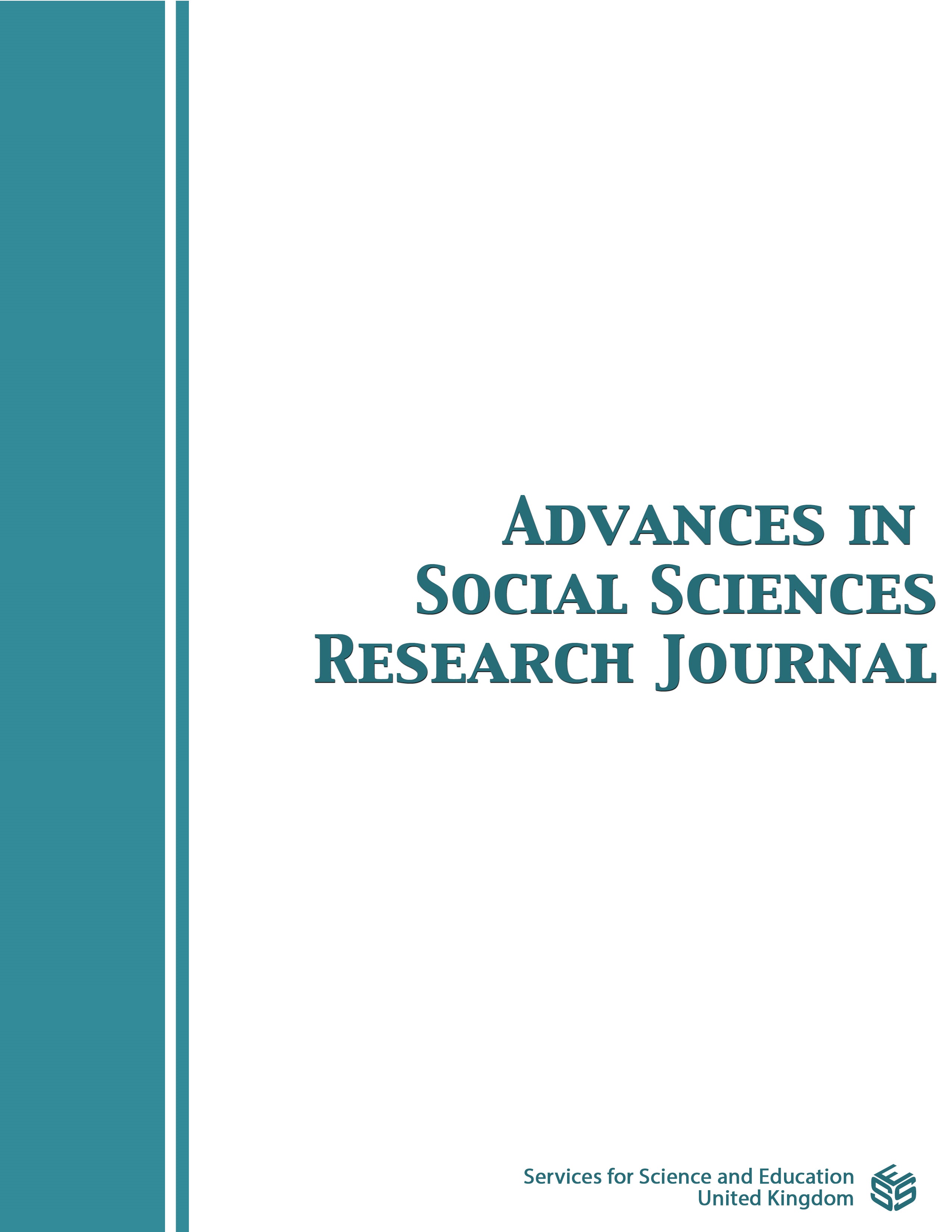The temporal and spatial scales of arable land loss and its impact in Guangxi, China: A Commentary
DOI:
https://doi.org/10.14738/assrj.91.11512Keywords:
karst, terracing, livelihood, settlements, poverty alleviation, demography, infrastructure, indicators, peri-urbanAbstract
Cropland abandonment because of rural depopulation or policy interventions has become a key issue in Chinese mountainous areas. One such region is the Guangxi Karst Mountainous Area (GKMA), a zone where more than 59% of total land area is hilly and arable land of a commercially viable size is almost non-existent. The rugged terrain and land fragmentation in upland karst areas result in the scarcity of land suitable for cultivation. Although depopulation and declining agriculture since 2000 within the GKMA have led to vast areas of abandoned cropland, the spatiotemporal distribution that underlies this pattern as well as its causes remain little understood.
Geomorphic features also bring about differences in the distribution of settlements. Settlements with different degrees of distribution are accompanied by spatial differences in cultivated land resources, which lead to differences in the sufficiency of cultivated land resources. In this paper we provide an overview of the magnitude of the problem of arable land loss.
settlements and analyze the spatial distribution and the spatial agglomeration of the cultivated land.
Downloads
Published
How to Cite
Issue
Section
License
Copyright (c) 2022 Haiying Feng, Victor Squires

This work is licensed under a Creative Commons Attribution 4.0 International License.
Authors wishing to include figures, tables, or text passages that have already been published elsewhere are required to obtain permission from the copyright owner(s) for both the print and online format and to include evidence that such permission has been granted when submitting their papers. Any material received without such evidence will be assumed to originate from the authors.






